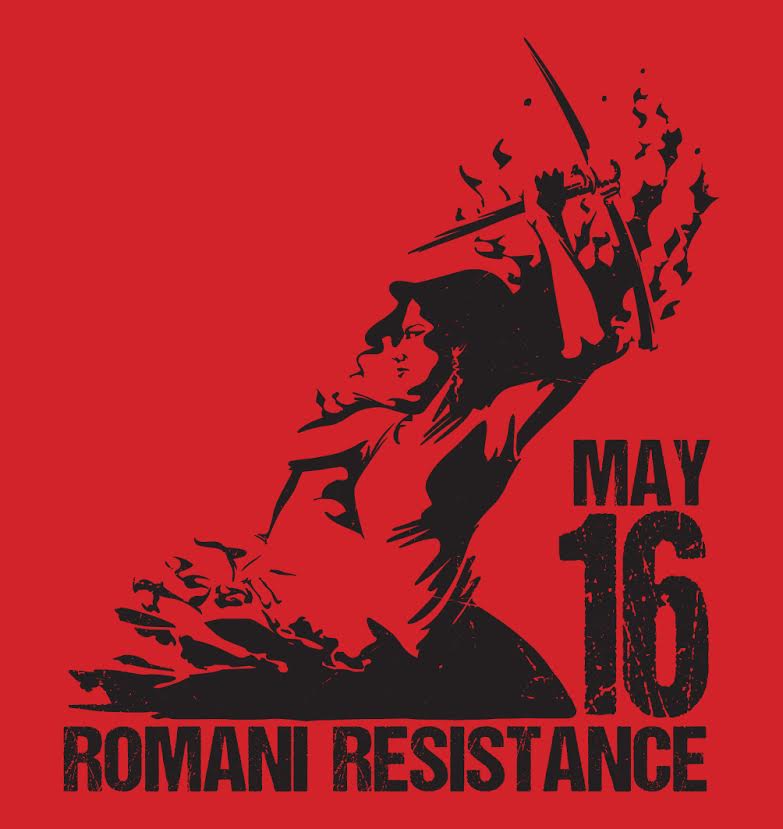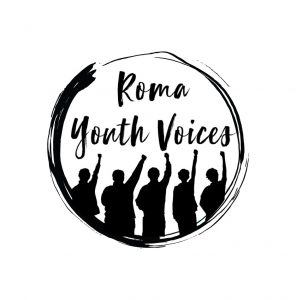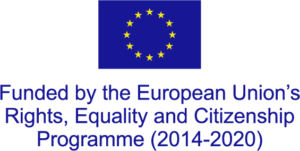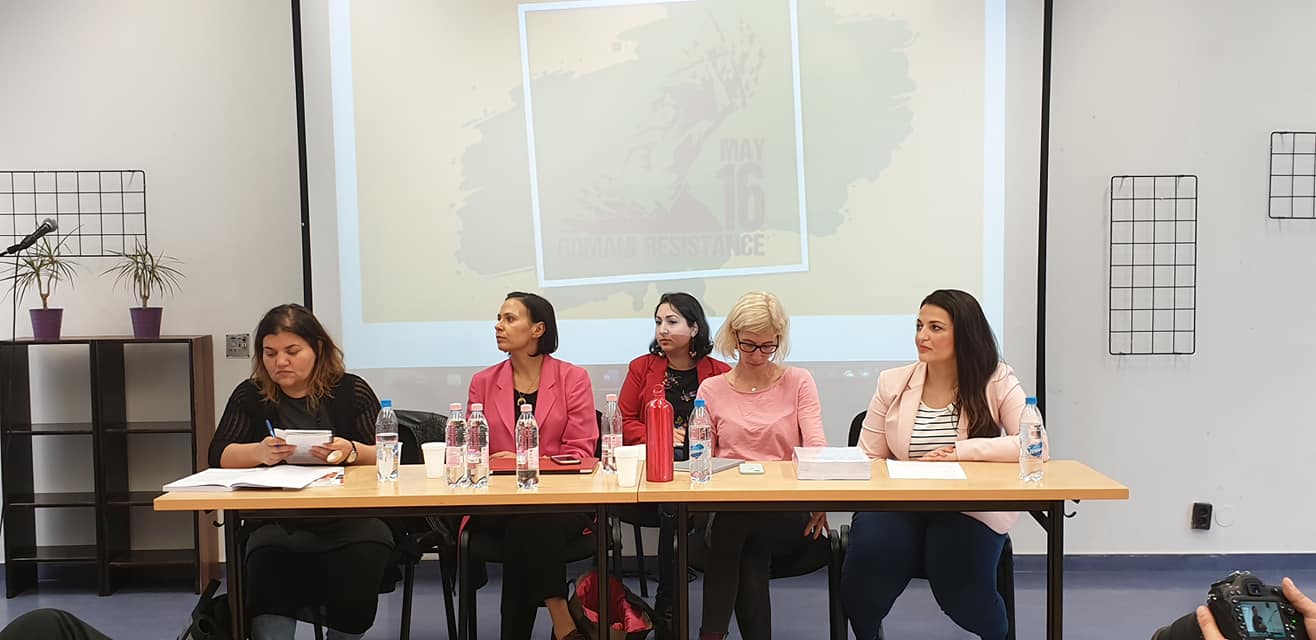Budapest, May 14. 2019.
The Phiren Amenca International Network, together with the Tom Lantos Institute and with the Youth Department of the Council of Europe, organized a discussion and fair around the Romani Resistance Day, to better understand the historical background of May 16 and to share methodologies and tools on Holocaust-education and on challenging antigypsyism. The event was organized at the Israeli Cultural Institute in Budapest.
In the 1st part of the event involved researchers and editors introduced and shared the results of the research of the Tom Lantos Institute, called “Roma Resistance during the Holocaust and in its Aftermath”. The aim of the research was to contribute to the academic research, awareness raising and remembrance activities in relation to the Roma resistance during the Holocaust. The presenters, who were involved in the research, shared their key findings: – Ildikó Török, Program manager, Roma Rights and Citizenship Program, Tom Lantos Institute – Dr. Joanna Talewicz-Kwiatkowska (Jagellonian University, Krakow) – Dr. Angéla Kóczé (Romani Studies Program, Central European University) – Dr. Anna Lujza Szász (Institute for Sociology, Hungarian Academy of Science)
After this panel, the event focused on the importance of human rights education and the role of non-formal education in the Holocaust-education and combating antigypsyism. Bálint Molnár, executive director of the European Youth Centre Budapest and Marietta Herfort introduced the Hungarian version of the “Mirrors” toolkit, called Tükrök. They both emphasized the importance of the toolkit from the CoE and from the perspective of Phiren Amenca, with a presentation of the background of the Mirrors handbook, the work done by Phiren Amenca and the CoE on challenging antigypsyism, and underlined the importance of the recognition of antigypsyism and the role education plays to combat it.
The rest of the afternoon we spent to share our methods and educational tools on Holocaust-education and combatting antigypsyism, together with different organizations and institutions, which are working in the field, such as Haver Foundation, Centropa, Zachor Foundtion, Kethanipe Association, Phiren Amenca and Tom Lantos Institute. We found it very important and useful to develop these kind of plaforms and to involve more and more organizations and institutions, which are active in these fields.
The Roma Holocaust during the Second World War is still largely unknown and untaught. It is estimated that 500.000 – 1,5 million European Roma and Sinti were murdered during the Holocaust: they were deported, exploited, murdered in extermination camps, they died of hunger and disease, were executed in their villages. What remains also unknown is the resistance of the Roma. According to some testimonies, on May 16th, 1944, the Roma and Sinti prisoners of the socalled “gypsy camp” in Auschwitz resisted against the SS who intended to exterminate them. The “gypsy camp” was liquidated several months later, in the night of the 2nd to 3rd of August.

The event was part of the Roma Youth Voices Project funded by the Rights, Equality and Citizenship Programme of the DG Justice, European Commission.




